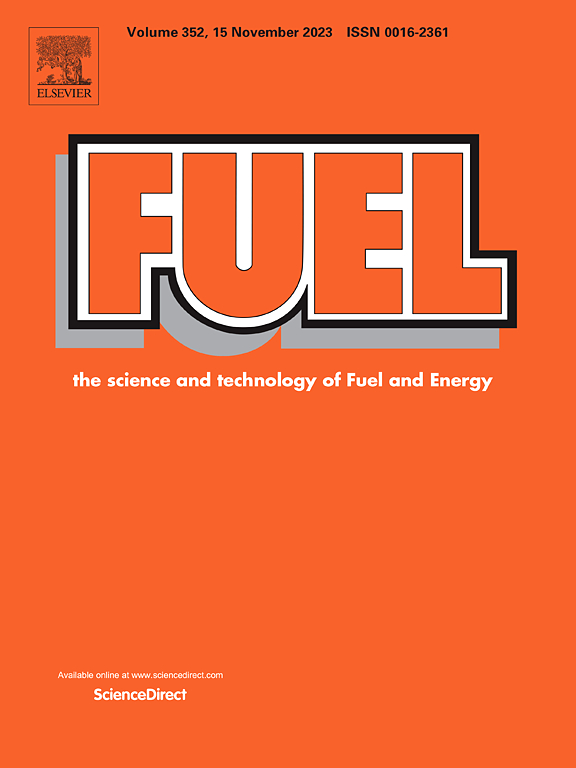Study on the ash fusion characteristics of Zhundong iron-rich coal with different densities under complex atmospheres
IF 6.7
1区 工程技术
Q2 ENERGY & FUELS
引用次数: 0
Abstract
During the gasification process of Zhundong iron-rich coal, particles with different characteristics are deposited at different positions on the wall. Affected by the chemical composition and the atmosphere, there are significant differences in the fusion characteristics of ash particles at different positions on the wall. The Zhundong iron-rich coal was separated into samples with varying densities, and the ash fusion temperatures for each sample were measured under different atmospheres. The results indicated that as the density of the coal samples increased from less than 1.4 g/cm3 to greater than 1.5 g/cm3, the content of Fe2O3 in the coal ash rose from 5.33 % to 33.79 %. Compared with the oxidizing atmosphere, the ash fusion temperatures decreased in the weakly reducing atmosphere, and the decreasing trend becomes more obvious as the density increased. The ash FT of coal greater than 1.5 g/cm3 decreased abruptly from 1304 °C to 1059 °C, while that of coal less than 1.4 g/cm3 decreased only from 1258 °C to 1229 °C. FactSage calculations showed that the liquid phase content in high-temperature ash under oxidizing atmosphere decreased with increasing density. Under reducing atmospheres, the liquid phase content in high-temperature ash of different density fractions decreased with increasing CO content.
求助全文
约1分钟内获得全文
求助全文
来源期刊

Fuel
工程技术-工程:化工
CiteScore
12.80
自引率
20.30%
发文量
3506
审稿时长
64 days
期刊介绍:
The exploration of energy sources remains a critical matter of study. For the past nine decades, fuel has consistently held the forefront in primary research efforts within the field of energy science. This area of investigation encompasses a wide range of subjects, with a particular emphasis on emerging concerns like environmental factors and pollution.
 求助内容:
求助内容: 应助结果提醒方式:
应助结果提醒方式:


